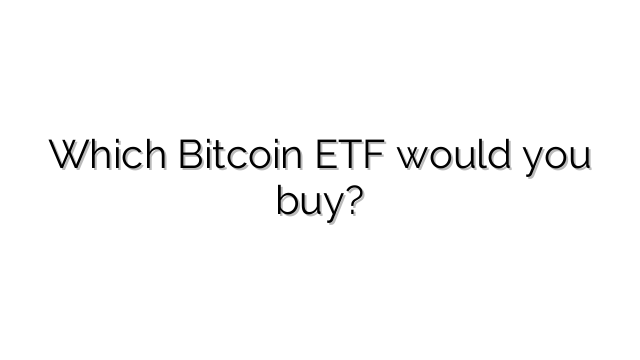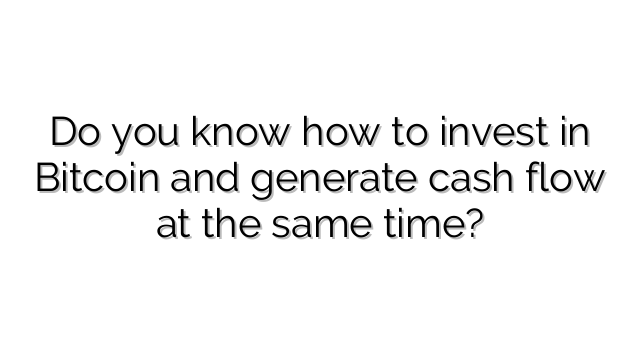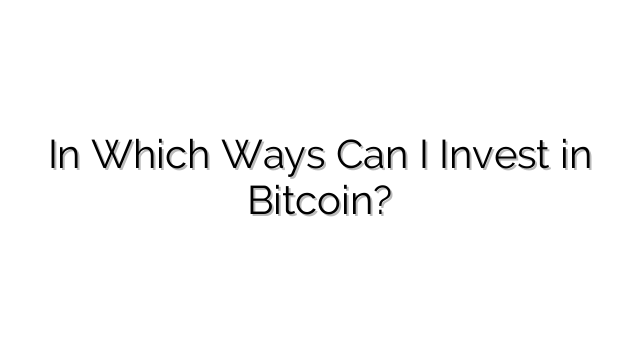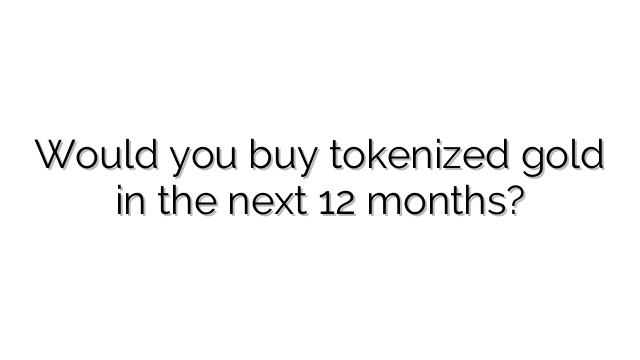Do You Own Tokenized Gold? Pros, Cons, and How to Compare Tokens
Tokenized gold represents claims on allocated gold in vaults, issued as on-chain tokens.
It aims to combine the portability of crypto with the price stability of gold. This poll measures real
adoption: which tokens people use and how that compares to traditional choices like ETFs or physical bars.
Educational only—no financial advice.
How tokenized gold works
- Backing: Each unit corresponds to vaulted metal (often 1 troy ounce or 1 gram).
- Mint/burn & redemption: Issuers create/burn tokens against bars; redemption usually needs KYC and fees.
- Chains & custody: Tokens live on public chains while the metal sits with a custodian and auditor.
Popular projects (quick notes)
- XAUT: Ounce-denominated; large cap/liquidity.
- PAXG: Ounce-denominated; widely listed; active redemption program.
- KAU: Gram-based; payments-focused ecosystem.
- XAUM: Institution-oriented; review custody and redemption terms.
- VRO: European, gram-based; check fees and vault geography.
Compare to alternatives
- Gold ETFs / other forms: Brokerage-native and regulated, but no self-custody.
- Physical gold only: No issuer risk; needs storage/insurance and slower settlement.
How to read the results
- XAUT/PAXG dominance: Liquidity and exchange support matter most.
- KAU/VRO/XAUM share: Ecosystem features or regional access drive adoption.
- “I prefer gold ETFs / other forms”: Users want traditional wrappers over on-chain tokens.
- “Physical gold only”: Pure bullion preference; issuer risk avoidance.
- “Not yet — planning to buy”: Education interest; expect questions on redemption fees and vaults.
Have another token? List it in the comments with a short note on why you prefer it (fees, liquidity, vault location).





